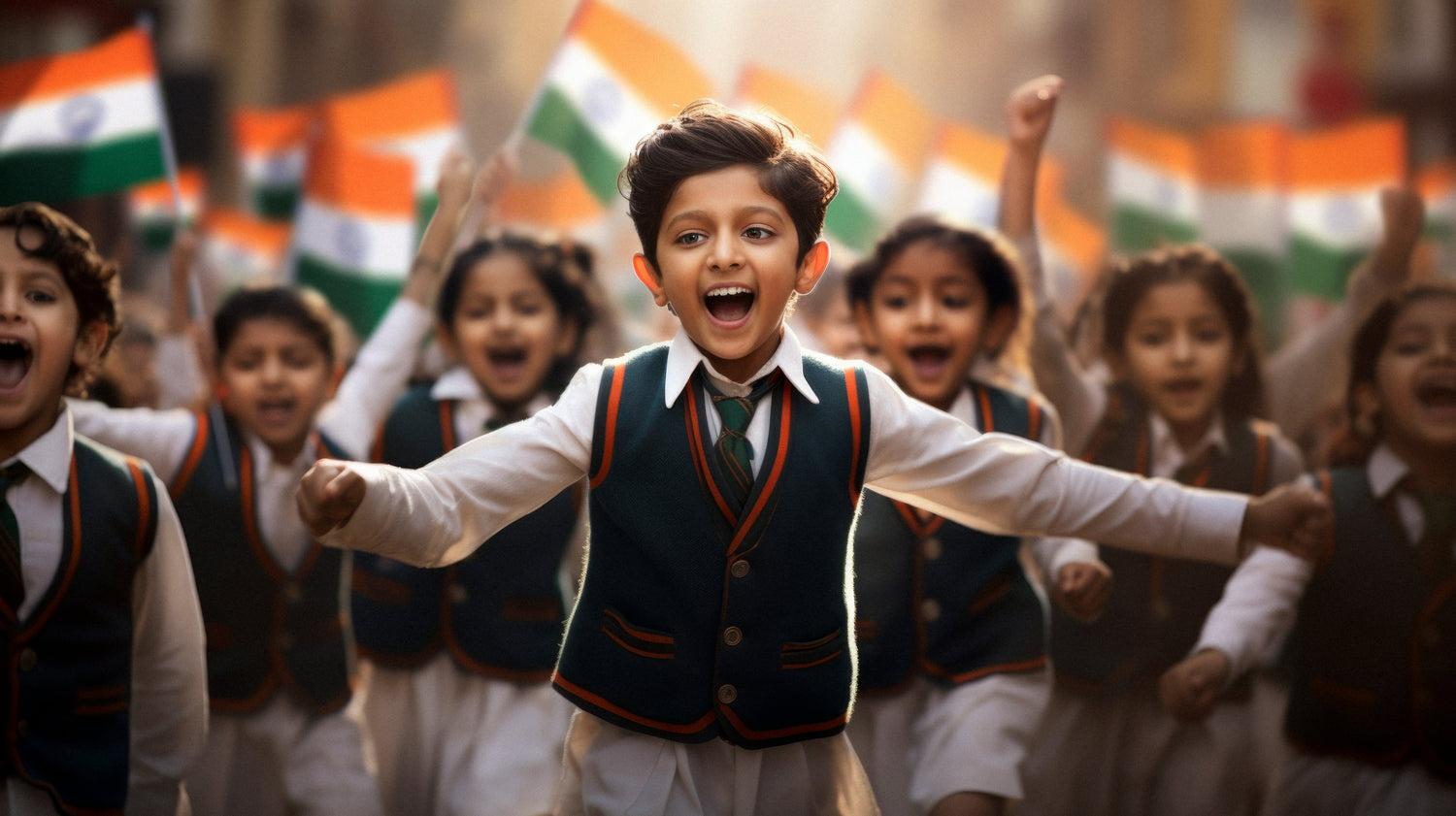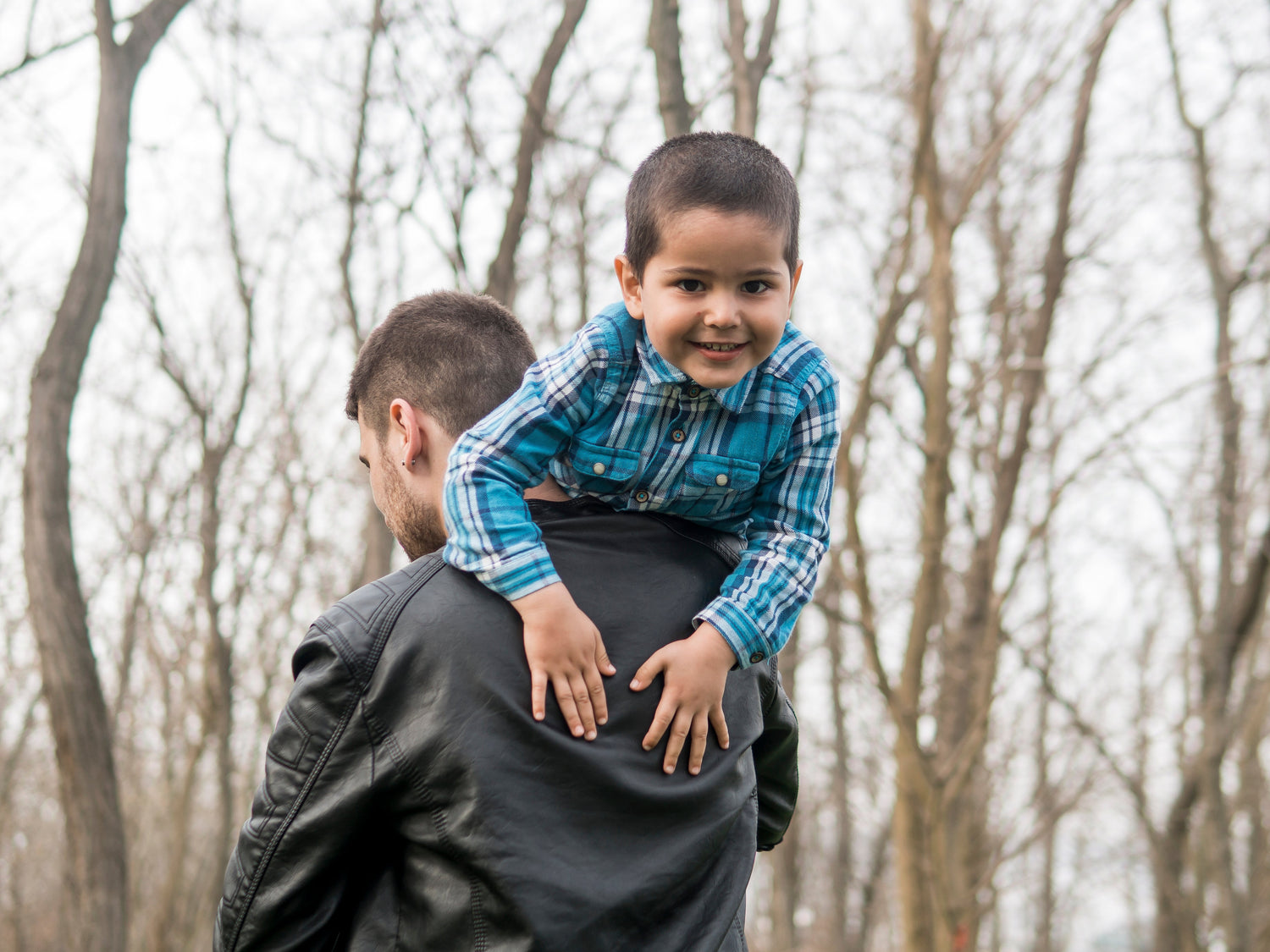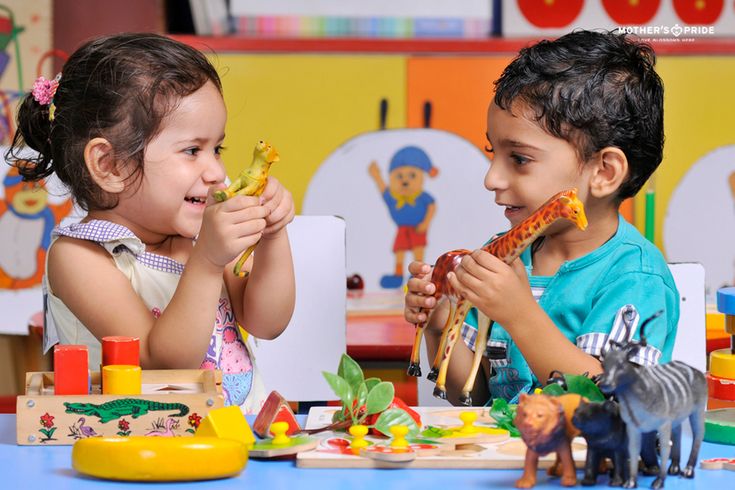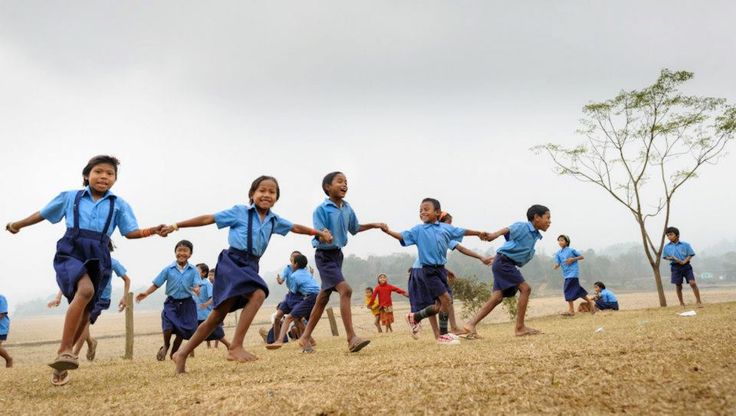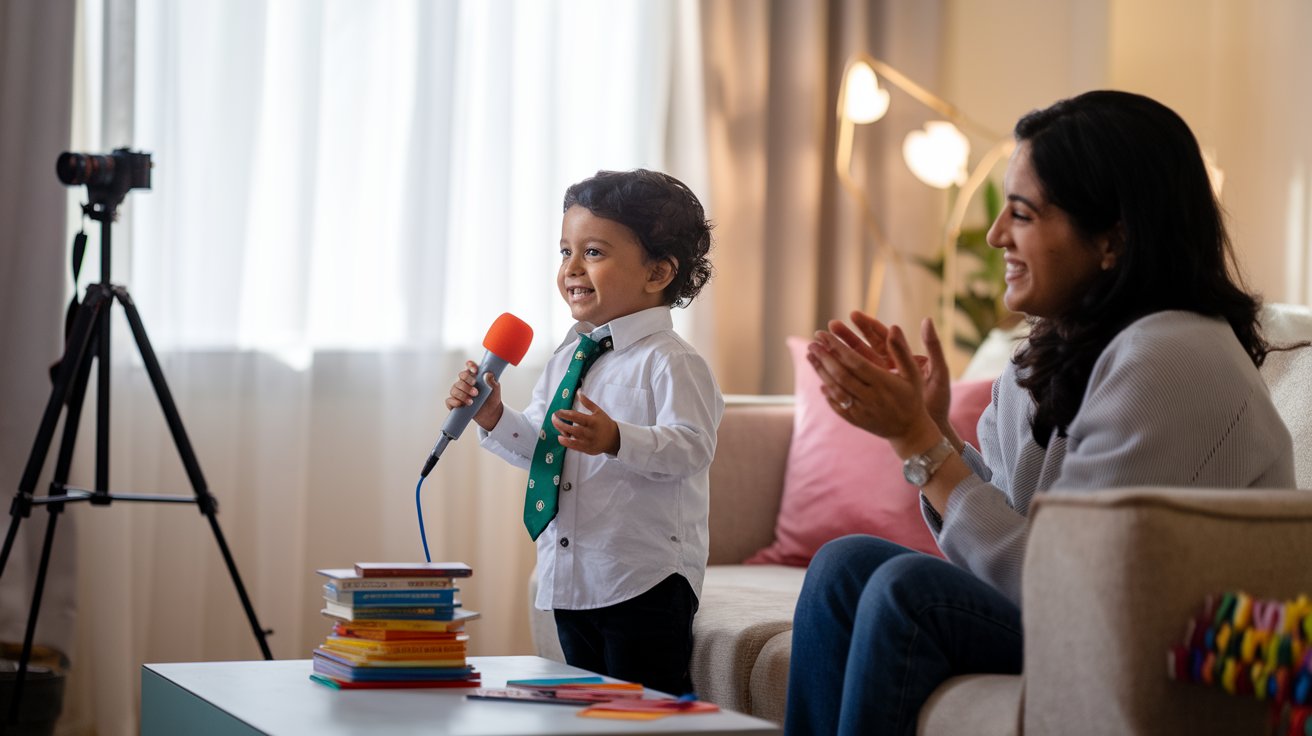If you are a parent in your late 20s or 30s, chances are you often find yourself thinking, “Our childhood was so different!” And you’re absolutely right. Most of today’s parents are Millennials, and the children they’re raising belong to a completely new generation—Gen Alpha (kids born after 2010).
The way these two generations experience childhood is poles apart. From toys to technology, playtime to parenting, everything has transformed. Let’s take a closer look at how Indian childhoods have changed—and why it matters for your child’s growth.
1. The Great Outdoors vs. Indoors
Then (Millennials):
We grew up playing gully cricket, hide-and-seek, marbles, and hopscotch in open spaces. Playtime meant running, falling, fighting, and making up games with neighborhood kids—no instructions needed.
Now (Gen Alpha):
Apartment living, safety concerns, and lack of play areas mean today’s kids spend more time indoors. Their play is often structured—puzzles, gadgets, curated toys, or screen-based entertainment.
Why it matters: Outdoor play built stamina, teamwork, and problem-solving naturally. Indoor play needs more intentional choices from parents to ensure kids still develop these skills.
2. Limited Screens vs. Digital Natives
Then (Millennials):
Remember waiting all week for a single Sunday cartoon on Doordarshan? Or watching Cartoon Network in fixed time slots? Screen time was rare and exciting.
Now (Gen Alpha):
Screens are everywhere—smartphones, tablets, smart TVs, even classrooms. Gen Alpha is the first true digital-native generation; they swipe before they can speak.
Why it matters:While technology has benefits (early exposure to learning apps, videos, interactive play), too much screen time affects focus, creativity, and social skills. Parents need to balance tech play with hands-on, offline toys.
3. Toys: Few vs. Plenty
Then (Millennials):
Most of us had a handful of toys—a bat, a doll, maybe a board game. Toys were passed down, repaired, or borrowed. We valued them deeply because choices were limited.
Now (Gen Alpha):
Toys arrive at your doorstep within a day, thanks to online shopping. There’s an overwhelming variety—from STEM kits to character toys, educational kits, and digital play gadgets.
Why it matters: While variety is great, too many toys can actually reduce creativity. Children get overstimulated and lose interest quickly. That’s why practices like toy rotation and choosing purposeful toys (like educational kits) are becoming essential.
4. Parenting Styles: Free Play vs. Conscious Parenting
Then (Millennials):
Parents weren’t over-involved in play. We were told to “go out and play” and came home only when it got dark. Toys weren’t chosen based on developmental stages—we just played with whatever we had.
Now (Gen Alpha):
Millennial parents are more aware, educated, and research-driven. They consciously choose BPA-free, sustainable, educational, or STEM-friendly toys. Play is seen as part of child development rather than “just fun.”
Why it matters: Conscious parenting is helping kids learn better—but it also means parents must avoid being overly controlling. Children still need the freedom to imagine, explore, and “just play.”
5. Learning: Textbooks vs. Play-Based Education
Then (Millennials):
School meant heavy bags, textbooks, and strict classrooms. Play was separate from studies.
Now (Gen Alpha):
The education system is slowly embracing experiential learning. Parents and teachers are encouraging learning through play—whether it’s numbers, human anatomy, or national symbols. Educational toys and kits (like Puntoon Kids’ Learning Kits) make this possible at home too.
Why it matters: Play-based learning ensures concepts stick for life, reducing stress and building curiosity. It also helps children handle academic challenges with less pressure.
6. Culture Shift: From Hand-Me-Downs to Conscious Gifting
Then (Millennials as kids):
• Toys were a rare treat.
• We usually got toys only on birthdays or festivals.
• Many kids played with hand-me-down toys from cousins, siblings, or neighborhood kids.
• The focus wasn’t on how many toys we had—even 2–3 toys felt special.
Now (Gen Alpha as kids):
• Toys are available more frequently, not just on birthdays.
• Parents buy toys for every festival (Diwali, Rakhi, Christmas) or even casually (“My child asked, so I got it”).
• Millennial parents often prefer educational toys that add value (STEM kits, puzzles, activity boards) instead of just flashy ones.
Why it matters: This shift shows that today’s parents want to give their children more opportunities than they had themselves. But the risk is buying too many toys or falling for trends instead of choosing toys that genuinely help in learning and growth.
The Bottom Line: Childhoods May Change, But Play Will Always Matter
Millennials grew up in a world of simplicity; Gen Alpha is growing up in a world of speed. But at the heart of both childhoods is the same truth—children learn, grow, and become who they are through play.
As parents, our role is to bridge the gap:
• Balance screens with real-world play.
• Choose fewer but purposeful toys.
• Encourage both structured learning kits and free imaginative play.
At Puntoon Kids, we believe every generation deserves toys that make childhood magical—not just entertaining, but also enriching. Because whether it’s the 90s or 2025, the right play shapes the adults our children will become.


